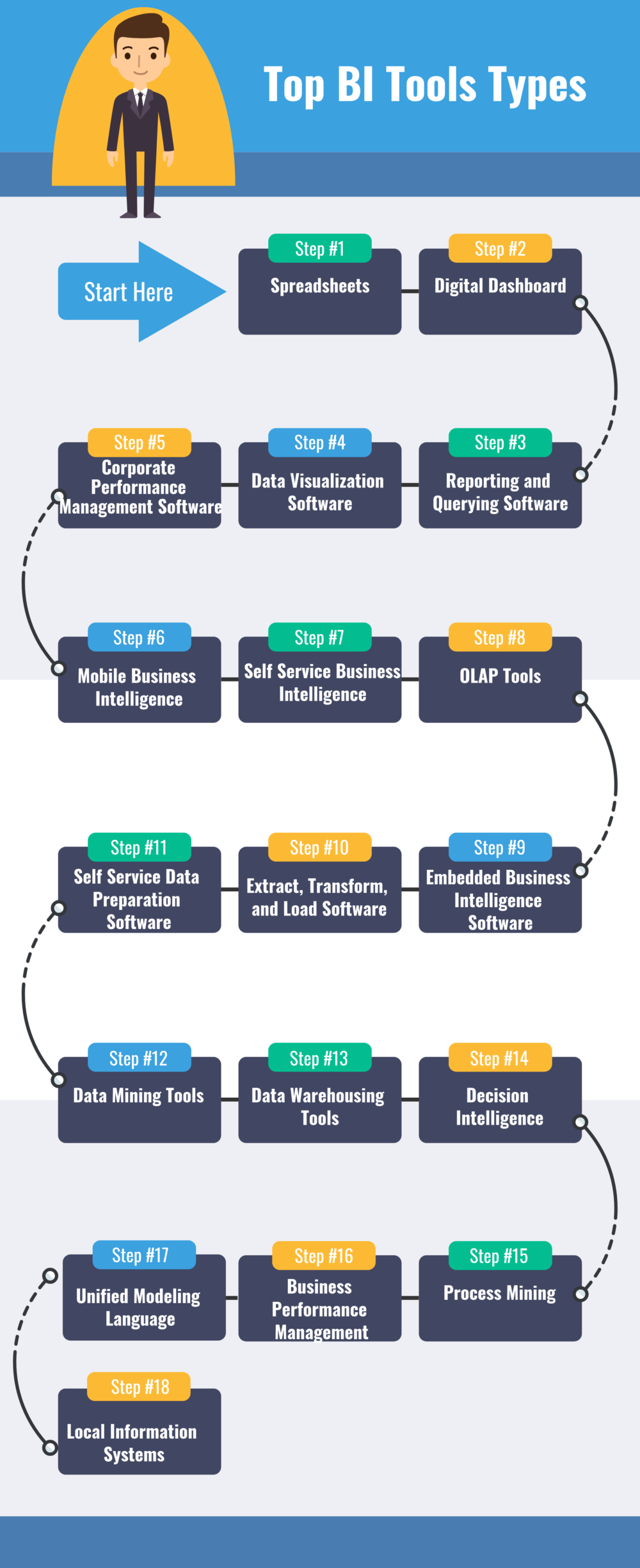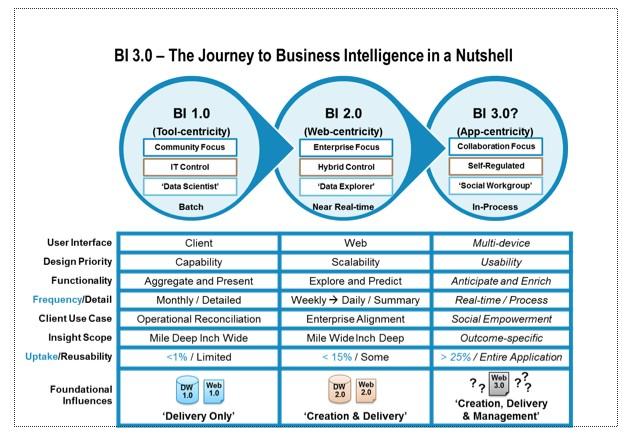Who Is at Fault in a Rear-End Car Accident?
New York follows a “no-fault” car insurance system, meaning that your own insurance company will pay for your medical expenses and lost wages regardless of who is at fault in an accident. However, this does not mean that you cannot seek compensation from the other driver if you believe they were at fault.
Determining fault in a rear-end car accident typically depends on whether the following driver was driving negligently.
In most cases, the driver who was hit from behind will not be found at fault. This is because the driver who hit them was following too closely, driving too fast for conditions, or otherwise not paying attention to the road. However, there are some exceptions to this rule. For example, if the driver who was hit from behind was driving erratically or made a sudden stop, they may be found to be partially at fault for the accident.
If you are involved in a rear-end car accident, it is important to stay calm and collect as much evidence as possible. This may include taking pictures of the damage to both vehicles, getting the names and contact information of any witnesses, and obtaining a copy of the police report. You should also report the accident to your insurance company as soon as possible.
If you believe that the other driver was at fault for the accident, you may want to consider filing a claim with their insurance company. You can do this by contacting their insurance company directly or by hiring an attorney to represent you.
Who’s at Fault in a Rear-End Collision?
Wondering who’s at fault after a fender-bender? The finger often points to the driver who crashed into the back of another vehicle. That’s because drivers are expected to keep a safe distance from the car ahead and react swiftly to avoid rear-ending them. However, there are exceptions to this rule, and determining fault hinges on the specific circumstances.
Common Causes of Rear-End Accidents
Distracted driving, speeding, and tailgating are all common culprits in rear-end collisions. When drivers aren’t paying full attention to the road, they may fail to spot hazards early enough to avoid a crash. Speeding can also increase the chances of a rear-end accident by reducing the driver’s reaction time. And following too closely doesn’t give the driver enough room to maneuver if the car in front suddenly brakes.
Rear-End Car Accident Fault: Who’s to Blame?
If you’ve ever been involved in a car accident, you know how stressful and confusing it can be. And if you were the one who was rear-ended, you may be wondering who’s at fault.
The good news is that in most cases, the driver who rear-ends another vehicle is presumed to be at fault. This is because the law generally holds that drivers have a duty to maintain a safe following distance and to be aware of the vehicles around them. This presumption also means you may not have to prove the other driver’s negligence, which can make it easier to recover damages.
However, there are some exceptions to this rule. For example, if you can prove that the other driver’s actions contributed to the accident, you may be able to recover damages from them. This could be the case if the other driver was driving recklessly or if they suddenly stopped for no reason.
Determining Liability
In most cases, the driver who rear-ends another vehicle is presumed to be at fault. This presumption can be rebutted, however, if the other driver can prove that they were not negligent or that the other driver’s negligence contributed to the accident.
There are a number of factors that courts will consider when determining fault in a rear-end accident. These factors include:
- The following distance between the two vehicles
- The speed of the vehicles
- The condition of the road and weather
- The actions of both drivers
Comparative Negligence
In some states, the doctrine of comparative negligence applies to car accidents. This means that even if you are found to be partially at fault for the accident, you may still be able to recover damages from the other driver. The amount of damages you can recover will be reduced in proportion to your degree of fault.
For example, if you are found to be 20% at fault for the accident, you will only be able to recover 80% of your damages from the other driver. You would not be able to recover any damages from the other driver if you were found to be 50% or more at fault for the accident.
Comparative negligence can be a complex issue, and it is important to speak to an attorney if you have been involved in a car accident and are unsure of your rights.
Rear-End Car Accident Fault: Determining Liability
When it comes to rear-end car accidents, it’s natural to assume that the driver who struck the vehicle from behind is automatically at fault. However, the assignment of blame can be a complex process, and in some cases, both drivers may share responsibility for the collision. Understanding the concept of comparative negligence is crucial in these situations.
Comparative Negligence
In states that employ the doctrine of comparative negligence, fault is determined by examining the actions of both drivers and apportioning liability accordingly. This means that even if one driver is found to be primarily at fault, the other driver may still be assigned a percentage of the blame if their own negligence contributed to the accident.
Determining Fault in Rear-End Accidents
When determining fault in a rear-end accident, several factors are typically considered:
- Speed: Was either driver speeding or driving too fast for the conditions?
- Following distance: Did one driver fail to maintain a safe following distance, leading to the collision?
- Tailgating: Was one driver following too closely, impairing their ability to react?
- Visibility: Were there any obstructions or limited visibility that contributed to the accident?
Apportioning Liability
If both drivers are found to have contributed to the accident, their respective percentages of fault will be determined by the court or insurance company. These percentages will then be used to calculate each driver’s share of the damages.
Example
For instance, if Driver A is found to be 70% at fault and Driver B is found to be 30% at fault, Driver A would be responsible for 70% of the damages and Driver B would be responsible for the remaining 30%. In other words, if the total damages amount to $10,000, Driver A would be liable for $7,000 and Driver B would be liable for $3,000.
Seeking Legal Advice
Determining fault in a rear-end car accident can be a daunting task. It’s advisable to consult with a personal injury attorney who can provide guidance and help you understand your rights and options. They can assist you in gathering evidence, building a strong case, and navigating the legal process to obtain fair compensation.
Rear-End Car Accident Fault: Who’s on the Hook?
Rear-end collisions are a dime a dozen on our busy roads. And when they happen, it’s often not clear who’s at fault. But figuring out who’s responsible is crucial for determining who’ll foot the bill for damages.
Insurance Coverage
Typically, the insurance company of the at-fault driver will cover the costs associated with the accident, including medical bills, repairs, and lost income. That’s because most states follow the “negligence rule,” which holds the party responsible for the accident liable for damages.
Determining Fault
Establishing fault in a rear-end accident isn’t always straightforward. But there are several factors that often point to the responsible party:
- Police reports: Officers often make observations about the accident scene and driver behavior, which can provide valuable insights.
- Witness statements: Eyewitness accounts can corroborate or contradict the drivers’ versions of events.
- Traffic camera footage: If available, video footage can offer an objective perspective on the accident.
- Vehicle damage: The extent and location of damage to the vehicles can indicate the force and direction of impact.
Common Defenses
Even when the evidence seems clear-cut, at-fault drivers may still try to mount defenses, such as:
- Sudden stop: The driver claims the vehicle in front stopped unexpectedly, leaving them no time to react.
- Mechanical failure: The driver argues that a mechanical issue, such as brake failure, caused the accident.
- Comparative fault: The driver attempts to shift some of the blame to the other driver, claiming they contributed to the accident through their own negligence.
Proving Fault
If you’re the victim of a rear-end accident, gathering evidence to prove fault is essential. Here are some tips:
- Call the police: A police report will document the accident and provide an official record.
- Take photos: Capture images of the damage to your vehicle and the accident scene.
- Get witness contact information: If there were any witnesses, exchange information with them.
- Seek medical attention: If you’re injured, seek medical care immediately. This will create a record of your injuries.
- Consult an attorney: If the insurance company disputes fault or denies your claim, consider consulting an attorney who specializes in car accident cases.
Rear-End Car Accident Fault
In the aftermath of a rear-end car accident, one of the first questions that arises is who is at fault. While it’s often assumed that the driver who rear-ends another car is automatically to blame, there are exceptions to this rule, and determining fault can be more nuanced than it seems.
Exceptions
There are indeed exceptions to the general rule that the rear-end driver is at fault. One such exception occurs when the front driver suddenly stops or reverses without warning. Let’s delve into six specific scenarios where the rear-end driver may not be held liable:
1. Sudden and Unexplained Braking:
Imagine this: You’re driving along when the car ahead of you slams on its brakes without any apparent reason. This abrupt and unexpected maneuver can leave you with little time to react, potentially leading to a rear-end collision. In such cases, the front driver may be considered negligent for failing to provide adequate warning and causing the accident.
2. Reversing Without Signaling:
Another exception arises when a front driver reverses without signaling or taking reasonable precautions. This reckless behavior can catch unsuspecting drivers off guard, making it difficult to avoid a collision. The front driver’s negligence in this scenario would likely be deemed the primary cause of the accident.
3. Vehicle Malfunctions:
Occasionally, vehicle malfunctions can contribute to rear-end accidents. If the front car experiences sudden brake failure or other mechanical issues, it could impact the driver’s ability to control the vehicle and lead to an unavoidable collision. In these instances, the liability may shift from the rear-end driver to the manufacturer or repair shop responsible for the malfunctioning vehicle.
4. Obstructions or Hazards:
What happens if there are unexpected obstacles or hazards in the road, such as fallen debris, stopped traffic, or road construction? In these situations, the rear-end driver may have a valid defense if they were unable to see the hazard in time to avoid the collision. The presence of obstructions or hazards could mitigate the rear-end driver’s liability.
5. Medical Emergencies:
In rare cases, a medical emergency can lead to a rear-end accident. If the front driver suffers a sudden illness or medical issue that impairs their ability to operate the vehicle safely, they may not be held fully responsible for the collision. The extenuating circumstances of the medical emergency could be considered in determining fault.
6. Intentional Actions:
In certain circumstances, the rear-end driver may not be at fault if the front driver intentionally causes the collision. For instance, if the front driver brakes suddenly to trick the rear-end driver into hitting them or engages in reckless driving to provoke an accident, the front driver’s intentional actions would likely absolve the rear-end driver of liability.
Rear-End Car Accident Fault: Navigating the Aftermath
In the chaotic aftermath of a rear-end collision, determining fault can be a tricky endeavor. Understanding the legal implications is crucial, especially when disputes arise or the extent of damages is unclear. Consulting with an attorney is highly recommended to navigate these complex waters.
Legal Representation
If you find yourself entangled in a rear-end accident, an attorney can provide invaluable guidance. Their expertise can assist you in clarifying fault, assessing damages, and negotiating with insurance companies to ensure your legal rights are protected. Don’t leave your fate to chance—seek legal counsel if there’s a dispute or significant damages involved.
Common Scenarios
Determining fault in rear-end accidents largely hinges on the circumstances surrounding the event. In most cases, the following factors play a pivotal role:
- Following distance: Inadequate following distance is a major cause of rear-end collisions. Drivers who fail to leave sufficient space between their vehicle and the one ahead are often deemed at fault.
- Speeding: Excessive speed impairs a driver’s ability to react to changing conditions, increasing the risk of rear-end accidents. Speeding drivers may be held responsible for any resulting collisions.
- Distracted driving: Anything that diverts a driver’s attention from the road, such as texting, talking on a cell phone, or adjusting the radio, can contribute to rear-end accidents. Distracted drivers may be deemed negligent if their actions contribute to a collision.
- Mechanical failure: While less common, mechanical problems, such as brake failure or a malfunctioning steering system, can also cause rear-end accidents. In such cases, the fault may lie with the manufacturer or the driver responsible for maintaining the vehicle.
- Intentional acts: In rare instances, rear-end accidents may be the result of intentional acts, such as road rage or aggressive driving. In these cases, the at-fault driver may face criminal charges in addition to civil liability.
Proving Fault
In order to prove fault in a rear-end accident, it’s important to document as much evidence as possible. This may include:
- Police reports: Official police reports provide a detailed account of the accident and can be crucial in establishing fault.
- Witness statements: Eyewitness accounts can corroborate your version of events and strengthen your case.
- Photographs: Photos of the accident scene, damage to vehicles, and any contributing factors can serve as valuable evidence.
- Medical records: If you or any passengers sustained injuries, medical records can document the extent of your damages.
- Insurance information: Exchanging insurance information with the other driver is essential for filing a claim.




Leave a Reply